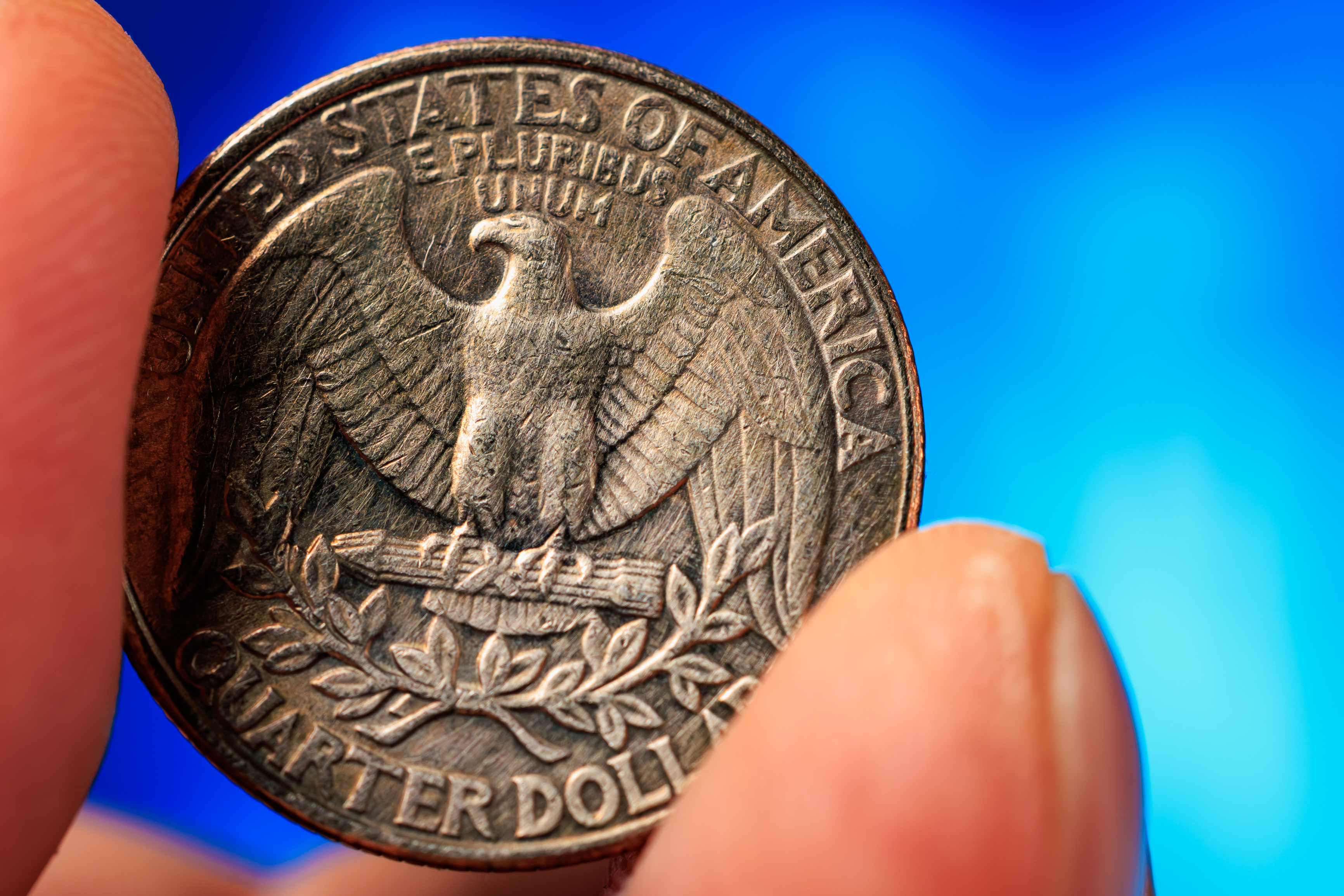When Were the First U.S. Mint Proof Coins Issued?
A Brief History of the First U.S. Mint Proof Coins
Proof coins are prized by investors and collectors because of their quality and unique designs. The United States Mint makes several proofs and proof sets that are appealing to new and experienced coin buyers. Below, the professionals from First National Bullion, the precious metals dealers with years of experience selling silver and gold coins Carlsbad collectors can trust to be of the highest quality, go over some of the many firsts related to proof coins issued by the U.S. Mint.
Early Proof Coins Dating to the Late 1700s
Proof coins date back to the early days of the U.S. Mint. The prototype coins, referred to as master coins, were first made by Adam Eckfeldt in 1792, which is the same year the U.S. Mint opened. The die maker and machinist made these coins to test dies to make sure the mint made top-quality coins. Many of these coins were preserved and donated to the mint’s official Cabinet Collection.
The First Official Silver Proof Coins
The first official U.S. Mint proof coins that are now considered proofs were made in the early 1800s. Now housed in the Smithsonian Institution, the first official proof coins were silver coins produced in 1817. Other coins in the Smithsonian include rare half dollars from 1818 as well as Bust quarters. Proofs from this time weren’t consistently produced, which is why some collectors and historians debate whether some of the coins labeled as proofs are proof coins.
The First Official Gold Coin Proofs
Gold coin proof coins were first produced in 1821 by the U.S. Mint. Examples include the 1821 Half Eagle, which boasts an impressive mirror finish. Proofs were created by the mint for archives, not for collectors, as is the case today. For this reason, some of the early proof coins are rare.
The Rarity of Early Proof Coins
As mentioned above, early proof coins are rare. This pertains to proof coins made before the 1860s. In some instances, there’s only one surviving proof available. Examples include the 1818 Bust quarter and half dollar and the 1821 dime and quarter.
The First Proofs for Collectors
The U.S. Mint was making more consistent proofs in the 1830s. The coins made as proofs during this time were struck twice to improve the detail, especially if there were special design features that needed to be preserved or prominently featured. The first proofs made for collectors were issued in 1858 by the U.S. Mint and ranged from one-cent pieces to more expensive (for the period) $20 pieces. Cameo pieces were also considered fashionable and popular, although these are rare.
Early Proof Sets and Modern Proofs
Early proof sets were available in cellophane bags. Later on, they were encased in flat-pack envelopes and then in plastic cases. From 1916 to 1936, the mint stopped making proof coins and sets due to World War I and because of a lack of demand.
As a replacement for proof coins, special mint sets were produced from 1965 through 1967 because of production disruptions and efforts to meet the demands of collectors. After a move to the San Francisco mint in 1968, the production of proofs began to include popular sets such as the 50 state quarters.
Today, collectors prefer proof sets that are rare or specially designed. They also look for theme sets like ones devoted to presidents or states. Collectors also make an effort to find some of the rare proofs referred to above. Regardless of what you prefer, you’ll likely find something that appeals to you when looking through what’s available from the U.S. Mint.
Whether you’re a veteran collector or you’re interested in buying coins for investment purposes, you’ll find a fantastic variety of high-quality bullion and numismatic coins at First National Bullion. If you’re looking to work with one of the most reputable Carlsbad gold coin dealers, give us a call today to speak with one of our coin experts.
The statements made in this blog are opinions, and past performance is not indicative of future returns. Precious metals, like all investments, carry risk. Precious metals and coins may appreciate, depreciate, or stay the same in cash value depending on a variety of factors. First National Bullion does not guarantee, and its website and employees make no representation, that any metals for sale will appreciate sufficiently to earn the customers a profit. The decision to buy, sell, or borrow precious metals and which precious metals to purchase, borrow, or sell are made at the customer’s sole discretion.


